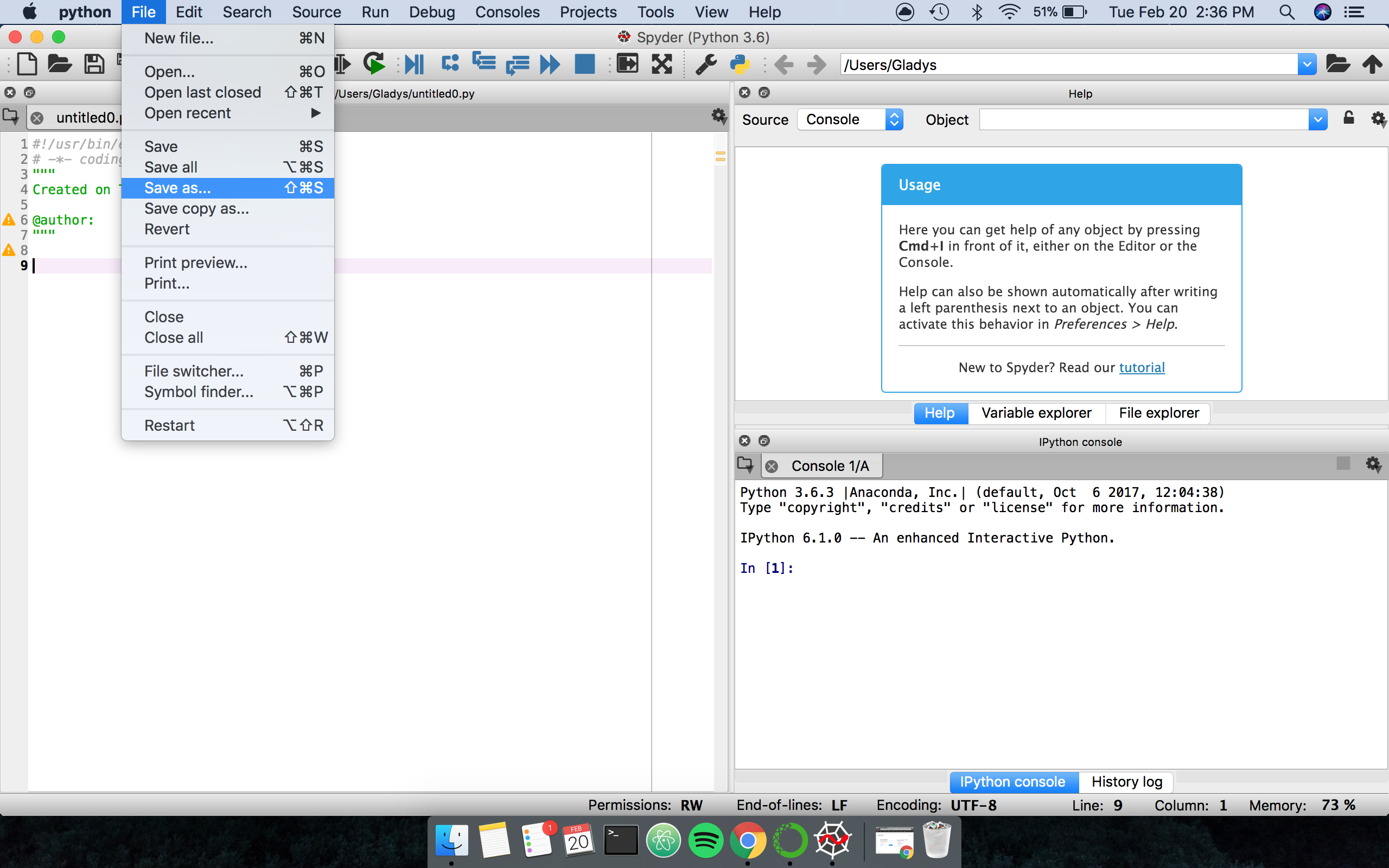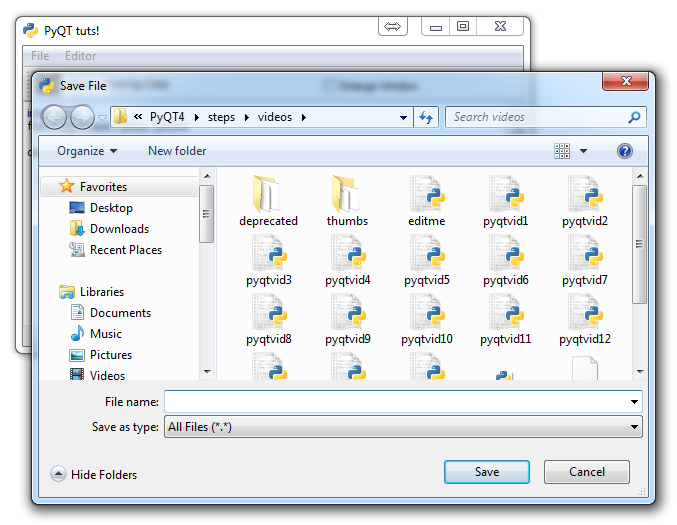
For the recipient, it was almost like a visit to a proctologist (no pun intended) – kind of weird and very confusing. However, experience for the recipient was a big pain in the ass. Anyone who tried to share content externally in SharePoint Online/Office 365 knows that it wasn’t an easy endeavor. Outfile.open(filename2, std::ios_base::app) įILE *o_file = fopen(filename3.c_str(), "w+") įwrite(text.c_str(), 1, text.I wanted to write this post for such a long time. String text("Large text stored as a string\n") Output_fstream.open(filename, std::ios_base::out) The second argument to open specifies the mode in which to open the file stream, and these modes are predefined by the language (see page).

Thus, we need to call the open built-in function of std::fstream to create a new file with the name provided as the first string argument. Usually, every mode that entails writing to the file is meant to create a new file if the given filename does not exist. There are multiple modes to open a file, like write-only mode, read-only mode, append mode, etc. Typically, file creation operation depends on the mode in which the program opens the file. Use std::fstream, std::open and std::ios_base::out to Create a File in C++Ĭreating files is generally connected to the file opening operation, which in itself is the action of associating the file stream structure to the corresponding physical file on the disk. This article will explain several methods of how to create a file in C++. Use std::fstream and fopen Function to Create a File in C++.Use std::fstream, std::open and std::ios_base::app to Create a File in C++.


Use std::fstream, std::open and std::ios_base::out to Create a File in C++.


 0 kommentar(er)
0 kommentar(er)
